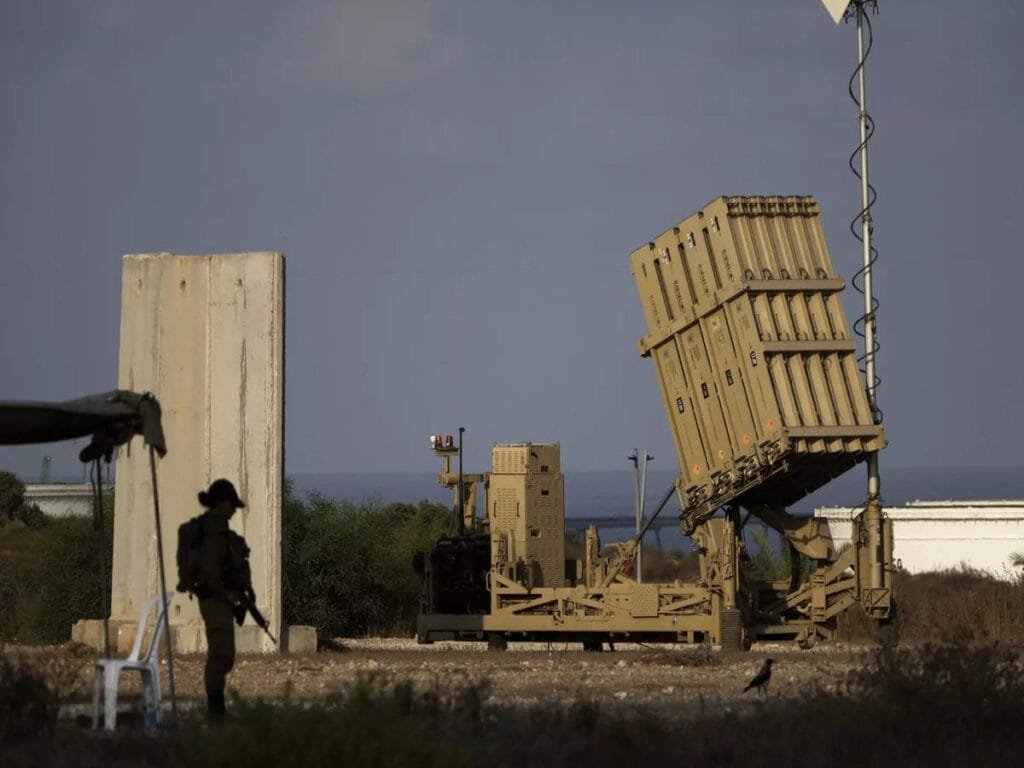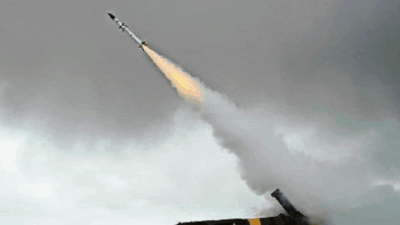Key Highlights:
The Middle East has again found itself at the center of rising tensions as Iran launched its largest ever missile attack on Israel. Almost 200 ballistic missiles rained down on Israel over three days, throwing fuel to the already simmering conflict and thrusting Israel’s highly advanced missile defense shield into global eyesight. Ballistic and cruise missiles rained down on Israeli cities as Iran’s multi-layered missile defense shield was subjected to the ultimate test.
Iran’s Arsenal: A Showcase of Strength
Iran has accumulated its missile stockpiles significantly, and the arsenal holds a large number of short, medium, and long-range ballistic missiles. The ballistic missiles which Iran has-which are the Shahab, Fateh, and Khorramshahr series-are reported to be those that were used in the offensive. Traversing hundreds of kilometers, these can hold conventional or non-conventional payloads that give them the capability to be a major threat to the security of Israeli defenses.

In this particular strike, Iran showed what it is actually capable of in terms of missiles using a mix of ballistic missiles and drones while threatening to pound the defenses of Israel. Despite Iran’s missile capabilities proving developed compared to previous years, analysts say Iran was not only trying to flex its muscles but, for the very first time ever, was testing Israel’s defense.
Multi-Tiered Missile Defense System from Israel
Israel’s missile interceptions system, for the record, has taken years of investment and collaboration with allies such as the United States to become one of the world’s most advanced. So when the Iranian missile barrage set its course for Israeli targets, the country’s multi-layered missile defense readied itself to intercept most of the projectiles.

In essence, Iron Dome forms the core of the defense of Israel against close and middle-range threats. Initially developed as an interceptor missile system particularly against rockets and short-range missiles, it played a crucial role within this encounter as well, as most of the shorter-range missiles seeking to hit Israeli cities and populated areas were shot down.
For the medium-range threats, Israel had David’s Sling-a missile defense system that can neutralize more sophisticated threats, such as cruise missiles and tactical ballistic missiles. This was set to act as the middle layer between the close-in Iron Dome and the long-range Arrow systems.
At the top of the defensive pile are the Arrow 2 and Arrow 3 systems – specifically designed to intercept long-range ballistic missiles. Arrow 2 is meant to intercept at lower altitudes, while Arrow 3 is designed to intercept missiles in space, thus providing Israel with an indispensable defense against intercontinental ballistic missiles (ICBMs).
Having layers, such as from the Iron Dome to Arrow 3, enables Israel to keep back all types of missile attacks, without letting any one layer be broken by a quantity-based attack.
Intricately Complex Geopolitical Landscape
The attack has major political and strategic implications. Iran and Israel have been long involved in a shadow war, with cyberattacks, sabotage, and proxy conflicts, but the latest missile barrage is one of the most direct and large-scale confrontations between the two regional powers. Analysts say that Iran’s aim might have been to retaliate for recent Israeli airstrikes in Syria and Lebanon that targeted Iranian forces and their allies, including Hezbollah.
The United States has been the first nation to condemn Iran’s move, thus reaffirming its pledge to ensure that Israel is safe. The contribution of the U.S. has greatly enabled the Israel country to sustain its missile defense system, the Arrow project, which was a bilateral development of the two nations. The success of Israeli defense in the strike sealed this alliance even more.
Escalation or Diplomacy?
But will the missile attack lead Israel and Iran into a new round of military escalation? Israel’s missile defense systems were relatively successful, even if not entirely so, in repelling the assault-but certainly, the sheer scale of the attack accentuates risks of wider and deeper military escalation. And given the perceived strengths on both sides fairly robust military capabilities on Israel’s side and Iran’s strong control of the seas a wider war bears high potential.
The Iranian side, the attack was more of a message sent to Israel and its Western allies about Tehran’s not being fearful of tussling its military muscles. Iran has always shown an interest in exerting its dominance as a regional superpower, and this missile strike might solidify such standing with regional allies, especially in Lebanon and Syria.
If it becomes successful, the missile defense systems will give the public confidence in the country’s capability to protect itself against all its dangerous neighbors beyond its borders. Meanwhile, there is a worry about the limitation of defense technologies. Improvement of the military capabilities of both Israelis and Iranians ensures that this threat of a crushing blow will soon be realized.
Conclusion
The recent Iran strike at Israel through missiles shows the latest episode of this pot of turmoil brewing in the Middle East. Here is a strategic battle between Iran with its entire arsenal of missile range and sophisticated defense system employed by Israel, which tests both militarily. That most of them were intercepted by the multi-tiered defense shield of Israel still underscores the fragility of the regional security landscape.
While tensions continue to simmer, the rest of the world remains on edge, watching to see if the situation actually reduces or this region heads into a broader and more devastating conflict.
For Latest News Updates Click Here
